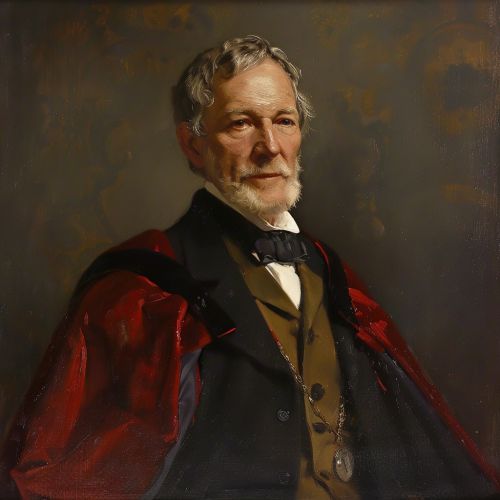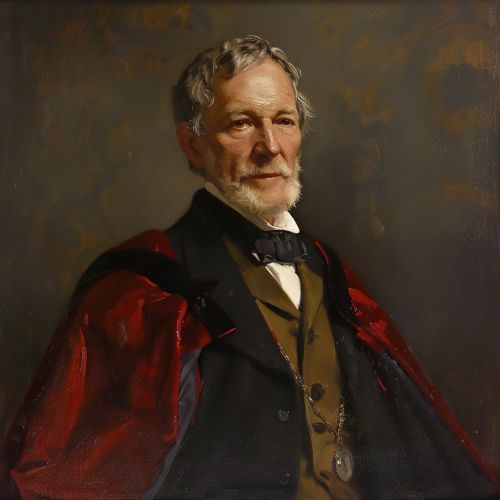William Vallance Douglas Hodge
Early Life and Education
William Vallance Douglas Hodge was born on June 17, 1903, in Edinburgh, Scotland. He was the son of Archibald James Hodge, a medical practitioner, and Jane Vallance. Hodge showed an early interest in mathematics, which was nurtured during his time at George Watson's College. He later attended the University of Edinburgh, where he earned his B.Sc. in Mathematics in 1923. Hodge's academic prowess earned him a scholarship to study at St. John's College, Cambridge, where he completed his Ph.D. under the supervision of H.F. Baker.
Academic Career
Early Research
Hodge's early research focused on algebraic geometry, a field that studies geometric properties and structures defined by polynomial equations. His work was influenced by the Italian school of algebraic geometry, particularly the contributions of Guido Castelnuovo, Federigo Enriques, and Francesco Severi. Hodge's initial contributions were in the area of birational transformations and the theory of algebraic surfaces.
Hodge Theory
Hodge's most significant contribution to mathematics is the development of Hodge theory, which provides a framework for understanding the relationship between the topological and algebraic properties of complex algebraic varieties. Hodge theory involves the study of harmonic forms on Kähler manifolds, leading to the decomposition of the cohomology groups of these manifolds into subspaces known as Hodge structures.
The Hodge decomposition theorem states that the cohomology group of a Kähler manifold can be decomposed into a direct sum of subspaces, each associated with a pair of integers (p, q). This decomposition has profound implications for the study of complex manifolds and has led to numerous applications in algebraic geometry and differential geometry.


Later Career and Contributions
Hodge Conjecture
One of the most famous problems in mathematics, the Hodge conjecture, was formulated by Hodge in 1950. The conjecture posits that certain cohomology classes on a non-singular projective algebraic variety are algebraic, meaning they can be represented by algebraic cycles. The Hodge conjecture is one of the seven Millennium Prize Problems for which the Clay Mathematics Institute has offered a prize of one million dollars for a correct solution.
Influence and Legacy
Hodge's work has had a lasting impact on the field of mathematics. His contributions to algebraic geometry and differential geometry have influenced generations of mathematicians. Hodge served as the Lowndean Professor of Astronomy and Geometry at the University of Cambridge from 1936 to 1970. He was also a Fellow of St. John's College and a Fellow of the Royal Society, receiving numerous honors and awards for his contributions to mathematics.
Personal Life
Hodge married Kathleen Anne Cameron in 1937, and they had two children. Despite his intense dedication to mathematics, Hodge was known for his modesty and humility. He enjoyed gardening and was an avid reader of literature and history.
